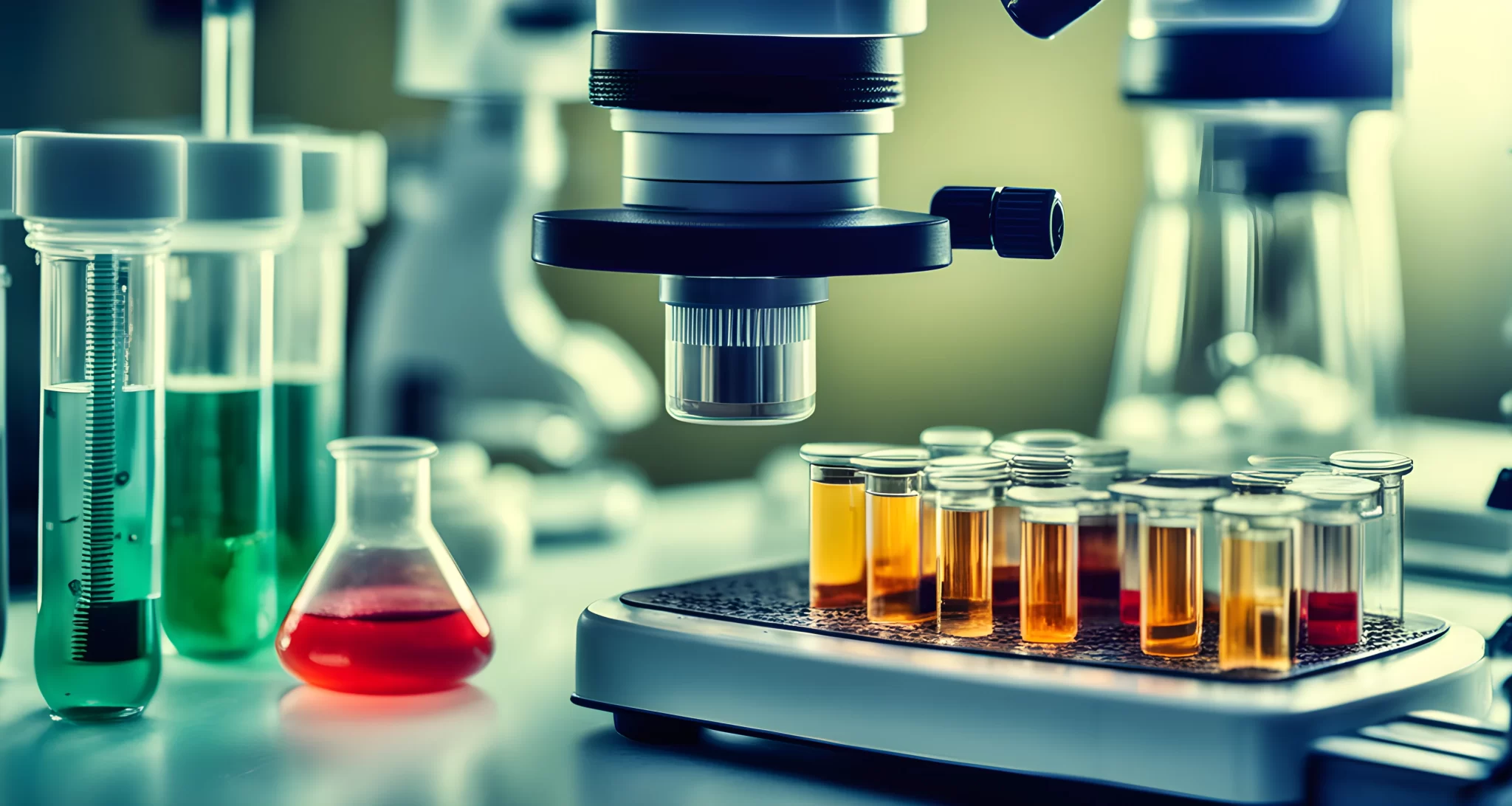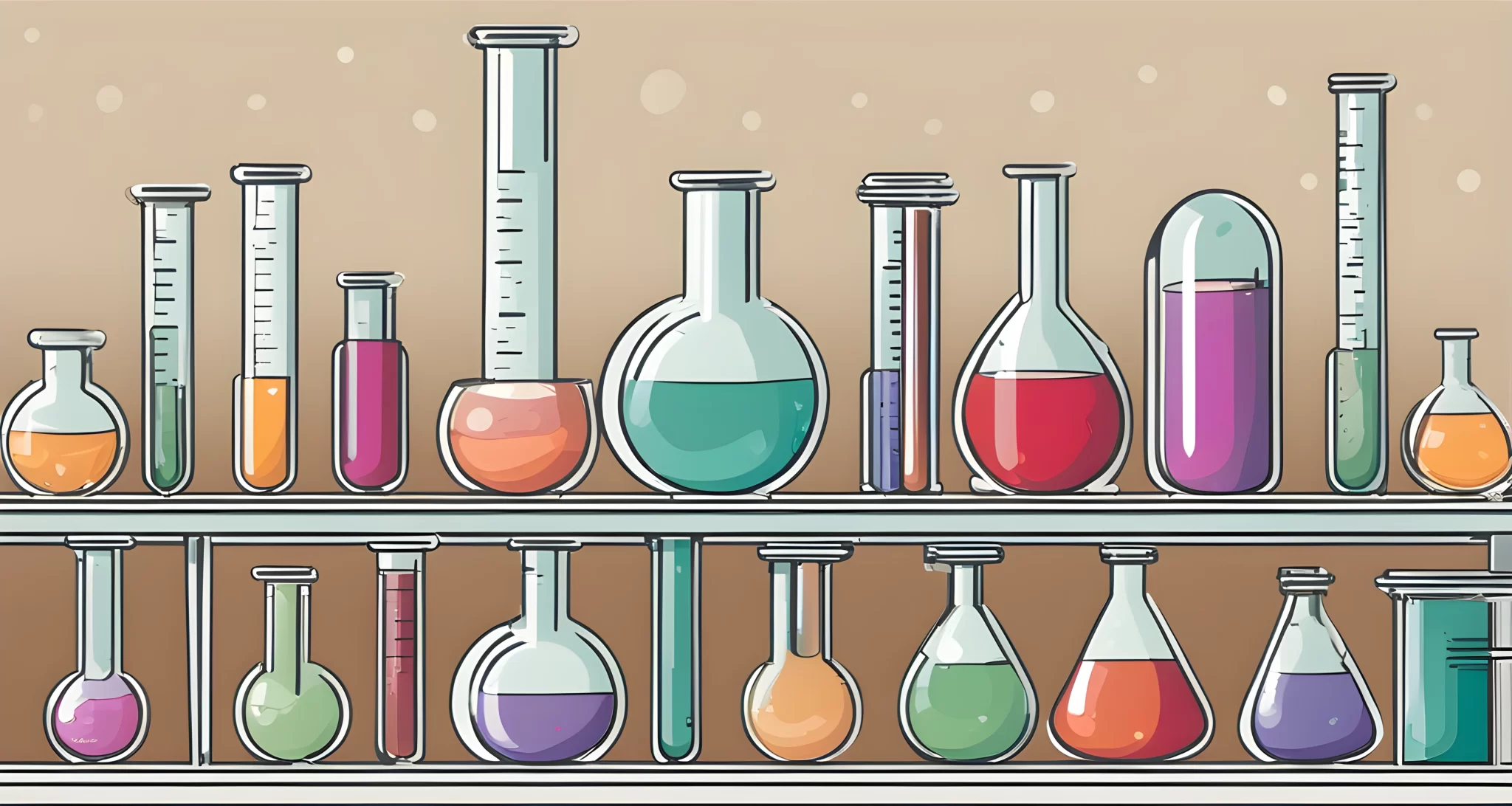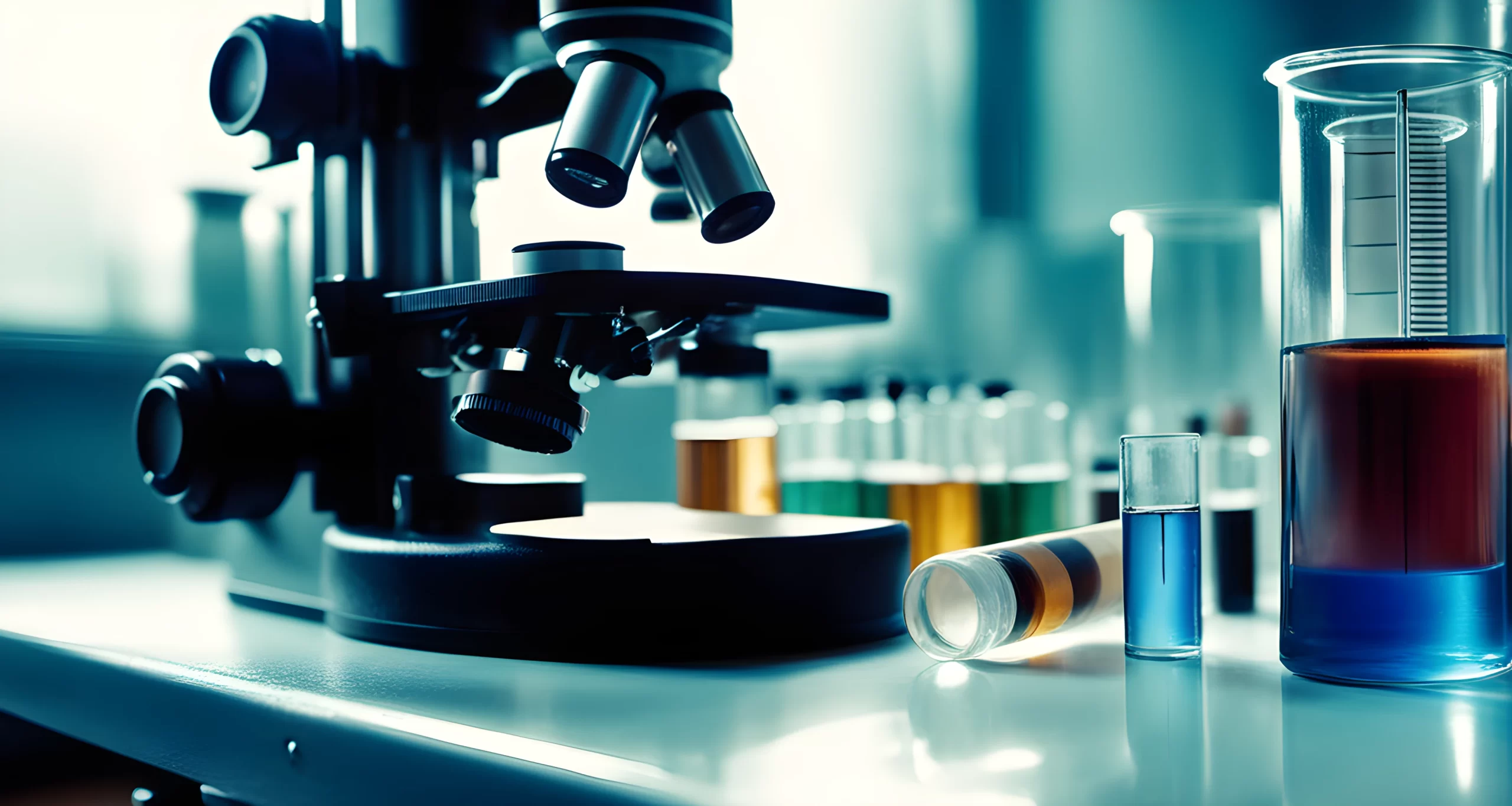Introduction
As the world continues to grapple with the devastating effects of the COVID-19 pandemic, the origin of the virus responsible for this global crisis has become a topic of intense debate and investigation. Theories surrounding the emergence of SARS-CoV-2 range from the possibility of lab engineering to a natural outbreak. This has led to a divisive discourse within scientific and public spheres.
While some have speculated that the virus may have been engineered in a laboratory or even created as a bioweapon, scientific consensus and expert opinions largely support the natural origin of the virus. The debate has sparked widespread interest and concern, leading to a deeper examination of the evidence and factors at play in understanding the true origins of this novel coronavirus.
Uncovering the truth behind the origin of COVID-19 is crucial for gaining a comprehensive understanding of how such a catastrophic event unfolded. As we delve deeper into this complex issue, it is essential to critically examine all available evidence and expert insights to unravel the mystery behind this global health crisis. Let’s explore both sides of the debate and dissect the scientific evidence to shed light on this compelling topic.
Continue reading about Predictive Signals in Media.

The Origin of COVID-19
The debate surrounding the origin of COVID-19 has sparked intense controversy and speculation. Two main theories have emerged to explain the emergence of the virus: the lab-engineered theory and the natural outbreak theory.
Genetic Makeup
One of the key arguments against the lab-origin hypothesis is the genetic makeup of the virus. The SARS-CoV-2 genome shows natural evolution, including mutations and genetic recombination, common in viruses adapted to infect humans. The virus has also been found to be closely related to coronaviruses that infect bats, the natural reservoir of the virus.
Scientific Evidence
Scientists have extensively studied the genetic sequence of SARS-CoV-2 and have found compelling evidence supporting its natural origin. Research has shown that the virus shares a high degree of similarity with known bat coronaviruses, further bolstering the natural outbreak theory.
False Memory Syndrome
Understanding how misinformation can impact scientific debates is crucial. Explore more about debunking false memory myths in this Debunking false memory myth article to gain insight into how cultural and social impacts can influence the interpretation of scientific evidence.
With ongoing research and investigation, the true origin of COVID-19 may become clearer in time.

Lab Engineered Theory
The lab-engineered theory proposes that COVID-19 may have been deliberately created in a laboratory setting. Proponents of this theory suggest that the virus could have been manipulated or engineered for various purposes, including biological warfare or scientific research. However, this theory has been met with skepticism from the scientific community.
Scientific Evidence
- Supporting Evidence: One of the main pieces of evidence supporting the natural origin theory is the presence of the virus in sewage samples from Barcelona, Spain, before it was identified in Wuhan, China.
- This suggests global circulation of the virus before its emergence in Asia, making it less likely that it was engineered or intentionally released.
Global Circulation
- The presence of the virus in sewage samples from Barcelona, Spain, highlights the global circulation of COVID-19 before its emergence in Wuhan.
- This challenges the idea that the virus was created or released from a specific location.
The debate surrounding the origin of COVID-19 has significant implications for public health and international relations. Regardless of the origin, understanding how to prevent and respond to future outbreaks remains a top priority for scientists and health officials. For further reading on scientific research and exploration, check out this fascinating article on Large Hadron Collider multiverse entrance.

Natural Outbreak Theory
The natural outbreak theory suggests that the COVID-19 virus originated in wildlife and was transmitted to humans through natural means. This theory is supported by scientific evidence and has been the focus of extensive research and investigation.
Evidence supporting the natural outbreak theory includes:
- Zoonotic transmission: Many viruses, including previous coronaviruses such as SARS and MERS, have been known to jump from animals to humans.
- Genetic analysis: Studies have shown that the COVID-19 virus shares similarities with known coronaviruses found in bats, suggesting a natural origin.
- Epidemiological data: The first known cases of COVID-19 were linked to a seafood market in Wuhan, China, where live wild animals were also sold.
The World Health Organization (WHO) recently conducted an investigation into the origins of the virus and concluded that it was "extremely unlikely" that the virus was a product of the Wuhan Institute of Virology Technology and Science Impact. The Institute has been cleared of any involvement, further supporting the natural outbreak theory.
The natural outbreak theory is crucial in understanding how pandemics can emerge and spread. By studying wildlife and human-animal interactions, scientists can better prepare for future outbreaks and mitigate their impact on global health.

Scientific Evidence
The ongoing debate surrounding the origin of COVID-19 has led to a deep dive into the scientific evidence supporting the natural outbreak theory. Numerous studies and investigations have been conducted to understand the origins of the virus, and the consensus among experts is that natural origin is the most likely scenario. Here are some key points to consider:
- Research into the genome of the virus has shown a close resemblance to other coronaviruses found in bats, providing strong evidence for a natural zoonotic spillover.
- Epidemiological studies have traced early cases back to a seafood market in Wuhan, China, further supporting the theory of a natural outbreak.
- Analysis of the virus’s genetic sequence has indicated that it is unlikely to have been artificially engineered in a lab.
Despite the various theories and speculations, it’s important to rely on scientific evidence to draw conclusions about the origins of COVID-19. The overwhelming body of research supports the natural origin theory, debunking the lab-engineered and bioweapon theories. For more insights into distinguishing between scientific fact and speculation, check out our article on Fluoride safety truth.

The Impact of the Debate
The impact of the debate over the origins of COVID-19 has been far-reaching, sparking discussions and actions in various areas. Here are some key points to consider:
-
Increased Biosecurity Scrutiny: The debate has led to a heightened focus on biosecurity measures, with many countries reevaluating their research practices and laboratory safety protocols.
-
Dangers of Misinformation: The debate has also highlighted the dangers of misinformation and conspiracy theories, emphasizing the need for accurate and reliable information in times of crisis.
-
Global Collaboration: It has underscored the importance of transparent and collaborative international efforts in addressing global health crises. This includes sharing scientific data and coordinating research efforts to better understand and combat the virus.
-
Heightened Awareness: The debate has raised public awareness about the potential risks associated with certain research practices, as well as the need for ethical considerations in scientific endeavors.
The ongoing discourse surrounding the origins of COVID-19 serves as a reminder of the interconnected nature of global health challenges. It reinforces the importance of critical thinking and evidence-based decision-making, while also highlighting the need for responsible communication and information dissemination.
For more on the dangers of misinformation and conspiracy theories, check out Fiction or Truth for an in-depth exploration of brainwashing techniques.

Conclusion
In conclusion, the prevailing scientific evidence and expert opinions strongly support the natural origin of SARS-CoV-2. The virus shows signs of natural evolution and a global presence before its emergence in Wuhan, China. The claims of lab-engineering or intentional release have been largely debunked, and efforts are focused on pandemic response and prevention.
The debate surrounding the origin of COVID-19 has sparked significant controversy and speculation. However, it is crucial to rely on credible scientific research and expert analysis to understand the true nature of this global health crisis.
As we continue to navigate through the complexities of this pandemic, it is imperative to prioritize public health measures, vaccination efforts, and global cooperation to combat the spread of COVID-19. By staying informed with accurate information, we can collectively work towards bringing an end to this unprecedented health crisis.
For further insight into the impact of global events on societal well-being, you may find the article Financial Downfall helpful in understanding the broader implications of significant events in history.
FAQ
What are the theories regarding the origin of sars-cov-2?
There have been theories suggesting that the virus was engineered in a laboratory or created as a bioweapon, but these have been largely debunked by scientific evidence and expert opinions.
What evidence supports a natural origin for sars-cov-2?
The genetic makeup of the virus shows signs of natural evolution, including mutations and genetic recombination, and it is closely related to coronaviruses that infect bats, the natural reservoir of the virus. the virus was also found in sewage samples from barcelona, spain, before it was identified in wuhan, china.
Was the wuhan institute of virology involved in the origin of sars-cov-2?
The world health organization (who) has cleared the wuhan institute of virology of any involvement in the origin of sars-cov-2, concluding that it was ‘extremely unlikely’.
Where was the sars-cov-2 virus found before it emerged in wuhan, china?
The virus was found in sewage samples from barcelona, spain, before it was identified in wuhan, china, suggesting that it was already circulating globally before it emerged in asia, making it less likely that it was engineered or intentionally released.
